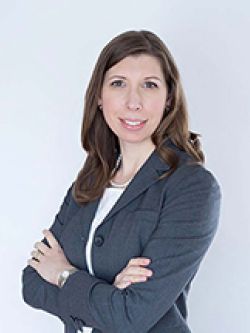Event Date/Time
Location
Room 222
Series/Event Type
Researchers, commercial industries, and defense agencies all want more observations of Earth, more frequently, at higher resolution, for more wavelengths, and to get these data down to the ground as quickly as possible. CubeSats, with their relative ease of access to space, have the potential to meet these geospatial, temporal, and spectral demands. We discuss two gaps: (1) We need compact, power-efficient, and well-calibrated scientific instruments for CubeSats to benefit from this opportunity, and (2) we need fast, frequent, secure, efficient and reliable communication to obtain the desired data. For applications such as weather sensing, resource monitoring, and surveillance, measurement quality depends on the ability of the platform to maintain attitude, accurately point to a specific target, and maintain calibration. Even more precise pointing is required for laser communication links. We present advances toward closing gap (1) with a new approach to cross-calibrate CubeSat weather sensors, a microwave radiometer and GPS radio occultation receiver, and closing gap (2) with a nanosatellite laser communication module that augments CubeSat body-pointing with a MEMS fast steering mirror. With continued improvements in science quality, data transfer, and attitude determination and control, CubeSats can contribute valuable observations of Earth’s oceans, surface, atmosphere, and ionosphere.
Speaker Bio
